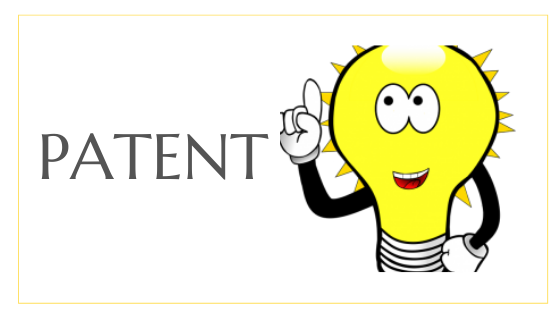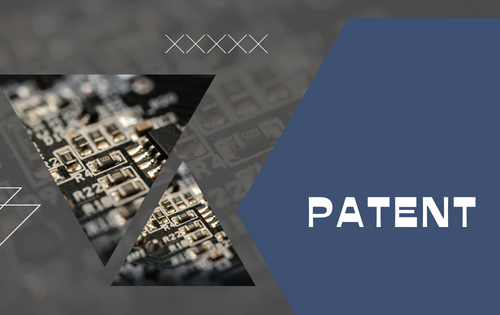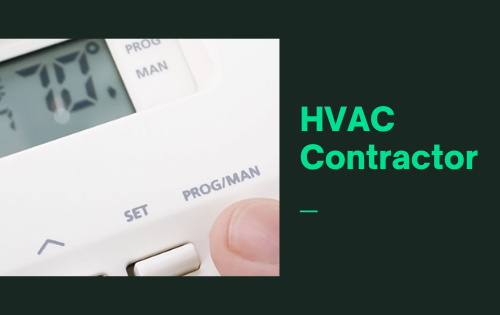
Patent Documents
Even though the content and forms of patent documents depend on the laws of each country, in general terms they have a uniform structure in which the following parts are distinguished:
- First page
- Description
- Claims
- Drawings
First page
The first page of the document contains the basic data of the owner and the inventor, the title of the invention and the technical sector to which it refers (classification). Indicates various dates of importance in the grant process (priority, application, publication) and contains a summary of the invention.
On the first page, the title, the abstract and the codes corresponding to the International Patent Classification are of particular interest, since they allow you to quickly get a first idea of the invention.
The title succinctly but specifically expresses the content of the invention. The summary usually includes an indication of the technical problem raised, the solution provided and its main uses, and may include a figure, formula or diagram. The classification refers to the symbols that the examiner of the patent office responsible for the publication of the document gives to the invention for which protection is sought. These symbols are an essential element to facilitate access to the technical information provided by patent documents, since they allow the patent to be classified solely and exclusively on its technical purpose as explained on https://fingerlakes1.com/2021/07/08/team-up-with-inventhelp-to-take-your-career-to-the-next-level/.
The description
The description is the instrument of disclosure of the patented technology, it should be as a guide for the implementation of the invention.
In addition, the description should be the basis to substantiate the claims. Only what has been described can be claimed and everything claimed must be contained in the description. Everything synthetically contained in the claims must be analytically stated and explained in the description.
The description must meet a series of requirements:
a) It must be clear and complete. Clear and complete enough so that a mid-level subject matter expert or person of the trade can execute it.
b) It must define the technological context of the invention. On the one hand, it must facilitate the understanding and evaluation of the invention and, on the other, it must guide and simplify the search and examination of priorities in the granting procedure.
c) The technological contribution of the invention must be highlighted. It must substantiate the requirements of novelty and inventive step.
d) The language used in the description must be exclusively technical, objective and neutral.

The content and structure of the description includes:
- Title of the invention.
- Indication of the technical sector.
- Summary of the state of the art.
- Explanation of the invention, solution of the technical problem raised and advantages.
- References to the drawings.
- Mode of carrying out the invention.
- Possibilities of application and industrial use.
The claims
The claims are a definition of the invention based on its technical characteristics, which defines the extent of the protection conferred by the patent.
They have a dual purpose: on the one hand, they define the object of the requested protection, clearly demarcating the invention from the prior art; On the other hand, the claims delimit the borders of the legal monopoly, that is, the scope of the protection granted by the patent.
The most common way of writing claims is to subdivide them into two parts: the preamble or generic part, which indicates the object or field of application of the invention, and the characterizing part, which is in a certain way the essence of the invention, since it mentions the characteristic and new characteristics or characteristics of the invention, which is what distinguishes it itself and precisely from the already known state of the art indicated in the preamble.
The drawings
The patent application may contain drawings that are nothing but graphic representations of the object of the invention, although diagrams of process steps and diagrams are also considered as such. Its function is to complete the description, illustrating it graphically so that what has been described can be visualized using words and formulas. It is best to hire a patent agency, such as InventHelp, for help.
If a patent document from the last century is consulted, it can be seen that the content of the document has not changed substantially over time. However, its form has evolved, since effectively, with the implementation of international standards for the presentation, publication and exchange of documents, it has acquired the uniform structure already described.




